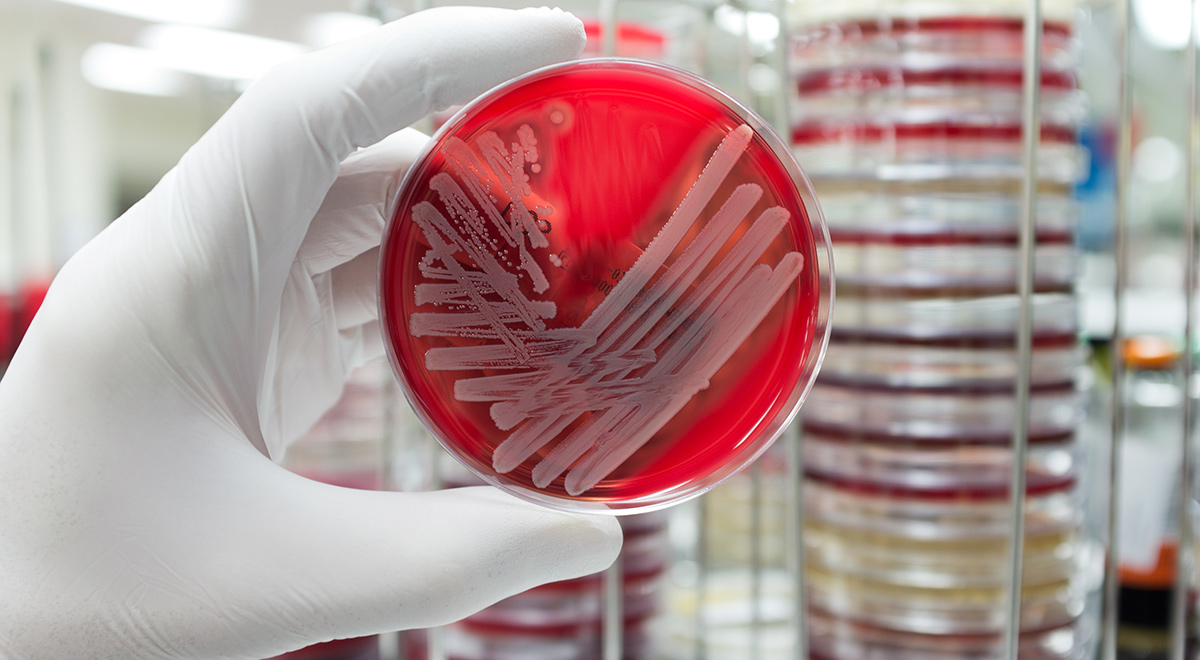Authorities have been warning about the development of antibiotic-resistant “superbugs” for many years. These are bacteria that have evolved to withstand nearly all antibiotics. One of these is known as carbapenem-resistant enterobacteriaceae, or CRE for short. This past September, a woman in Reno, Nevada, died from an infection due to CRE. The bacteria had spread throughout her body, and was able to stand up to twenty-six different antibiotic medications. Prior to that , the Centers for Disease Control (CDC) reported outbreaks of another “superbug,” an antibiotic-resistant fungal infection called candida auris.
This week, Health Day News reported that CRE is more widespread in the nation’s health care facilities than was previously known. CRE bacteria are responsible for approximately 9,300 infections annually in the US – and 600 fatalities. These bacteria, which can be transmitted without any immediately apparent symptoms, are spreading beyond patients who are ill – creating potentially large numbers of “carriers.”
The World Health Organization (WHO) calls antibiotic resistance “one of the biggest threats to global health, food security and development today.” A certain amount of antibiotic resistance is a natural consequence of the evolutionary process and natural selection. However, misuse and overuse of antibiotic medications has accelerated this process, making many illnesses that were once easily treated much more difficult to deal with as these drugs lose their efficacy.
There are two major reasons for the rise of antibiotic-resistant superbugs. One is the increasing availability of antibiotics over the past sixty-five years. That is directly connected to the second reason – which is uncontrolled sale of these medications, particularly among middle and low-income populations. Many of these medications, which were formerly available only with a prescription, are available over-the-counter. As a result, they are used by consumers for self-medication and the treatment of conditions that are not indicated (including viral infections such as the common cold, which do not respond to antibiotics). In addition, the meat industry has been using antibiotics for livestock at low doses for decades, exacerbating the problem. There is also some indication that the rising popularity of antibacterial soap and gels is contributing to the problem.
The most common reason for the increase of antibiotic-resistant bacteria is the overuse and misuse of antimicrobial medications. Lay people are largely responsible for this, purchasing and insisting on prescriptions for antibiotics even when they are not indicated. However, prescribing physicians bear some responsibility as well, when they fail to make patients understand why an antibiotic is unnecessary or issue a prescription out of caution (or fear of a lawsuit).
The CDC reports that as much as 50% of all antibiotic use is unnecessary. Even using an antibiotic one time without a genuine medical reason can compromise a patient’s own bacterial resistance for as long as 12 months.
In the meantime, pharmaceutical companies are eyeing the situation as yet another way to boost profits. Most of these companies cut back or stopped development of new antibiotics years ago because it was not profitable. Recently, several Big Pharma players have been re-entering the field. However, whether or not they will commit to such projects long-term is not known; unlike most high-profit treatments used for chronic conditions such as diabetes and hypertension, which usually must be taken for life, antibiotics are used only until an infection is cleared up.
For now, individuals can help mitigate the situation by simply practicing good hygiene, such as frequent hand washing with simple soap and water, cooking and handling food properly – and avoiding taking antibiotics unnecessarily.

